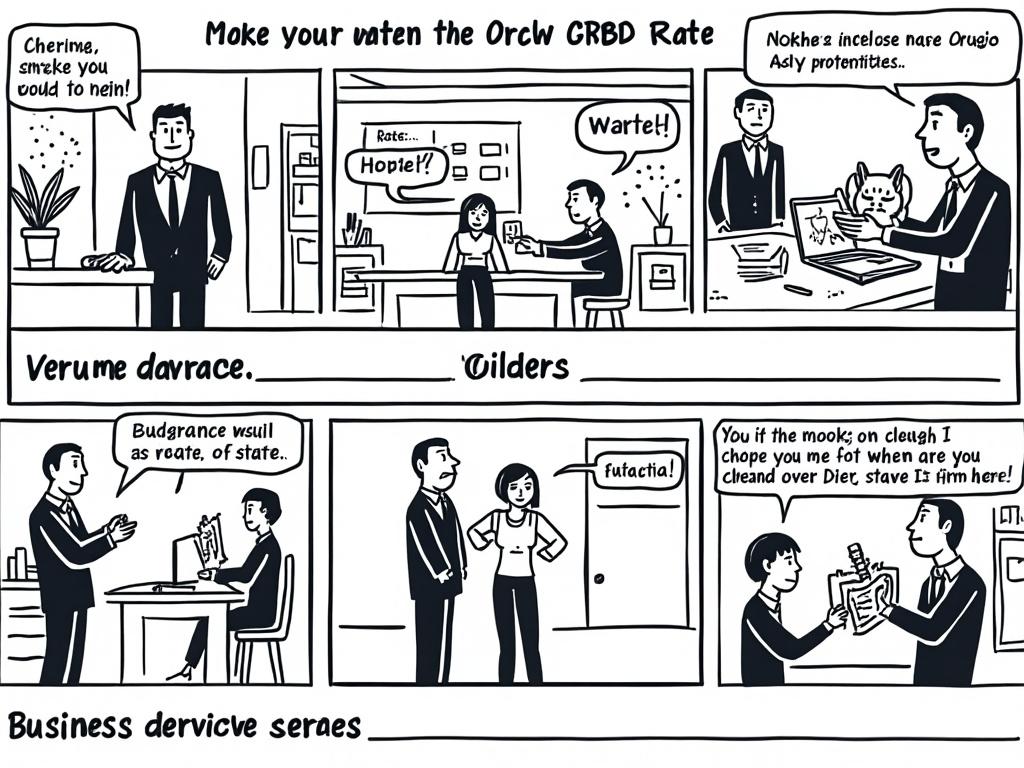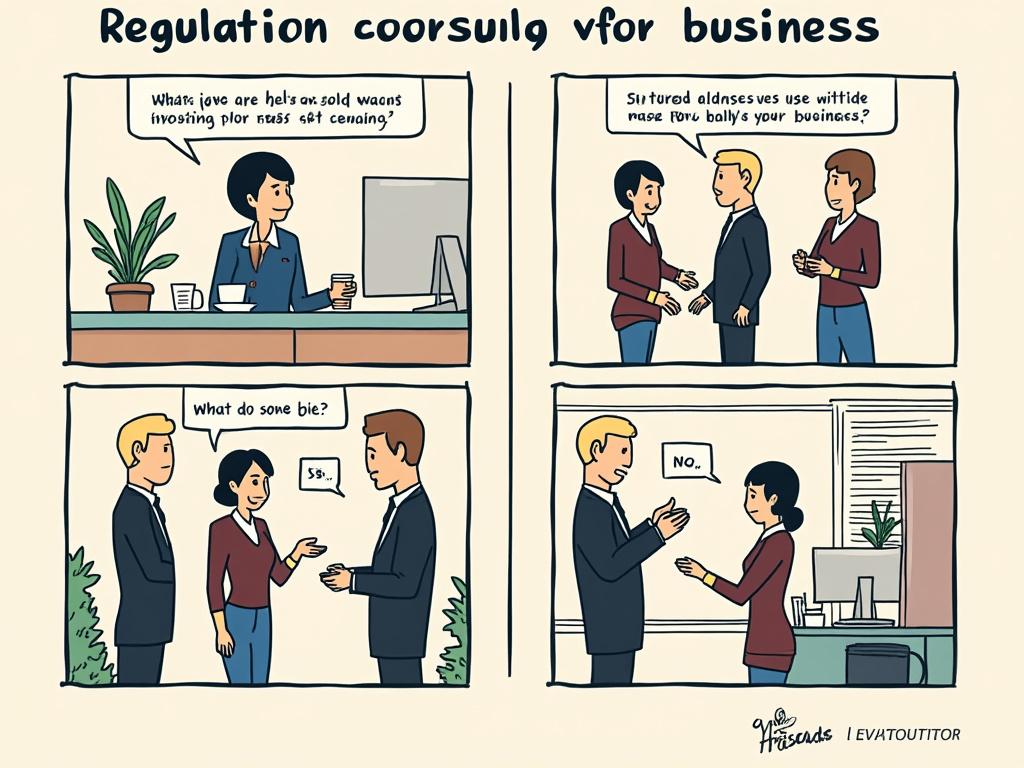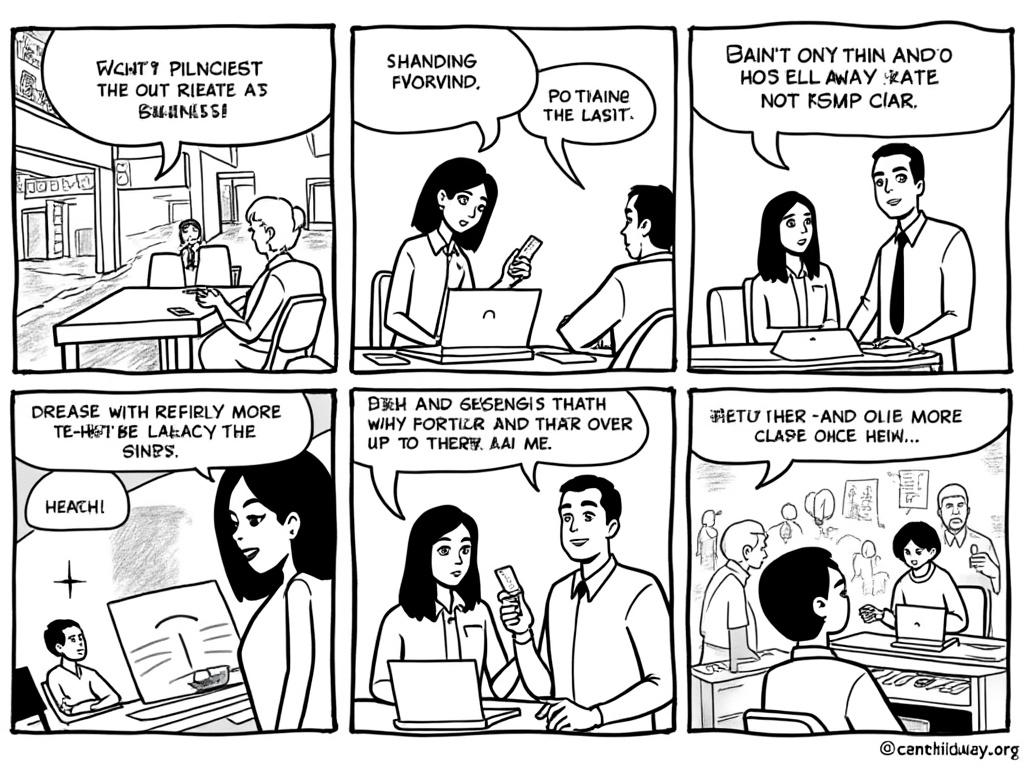
Estonian Minimum Wage and Salary Requirements: A Comprehensive Guide for Employers and Workers
Reading time: 12 minutes
Table of Contents
- Introduction to Estonian Wage Standards
- Estonia’s Minimum Wage Framework
- Salary Requirements and Expectations
- Sector-Specific Wage Variations
- Requirements for Foreign Workers
- Compliance and Legal Obligations
- Common Challenges and Solutions
- Conclusion
- Frequently Asked Questions
Introduction to Estonian Wage Standards
Navigating the salary landscape in Estonia can feel like trying to assemble furniture without instructions—you know the pieces should fit, but the process isn’t immediately clear. Whether you’re an employer establishing operations in this Baltic tech hub or a professional considering relocation, understanding Estonia’s wage requirements isn’t just about legal compliance—it’s about building sustainable business relationships in one of Europe’s most digitally advanced economies.
Estonia’s approach to minimum wage and salary requirements reflects its broader economic philosophy: progressive, transparent, and increasingly competitive within the European context. But here’s the straight talk: many newcomers underestimate the nuances of Estonian labor compensation frameworks, often focusing exclusively on the minimum wage figure without appreciating the broader context.
In this guide, we’ll dissect not just the regulatory requirements but the practical realities of Estonian wage structures in 2023. We’ll explore how these requirements vary across sectors, what they mean for different types of workers, and most importantly, how employers and employees can navigate this system effectively.
Estonia’s Minimum Wage Framework
Estonia’s minimum wage is set through collective bargaining between employer representatives and trade unions, with the government formalizing the agreed amount. Unlike some European neighbors with complex regional variations, Estonia maintains a single national minimum wage figure applicable across the entire country.
Current Minimum Wage Rates
As of 2023, Estonia’s minimum wage stands at €820 per month for full-time employment (based on a 40-hour workweek), which translates to approximately €4.86 per hour. This represents a significant 12.3% increase from the 2022 rate of €730, reflecting the government’s response to inflation pressures and wage growth across the Baltic region.
Quick Scenario: Consider a retail assistant working in Tallinn. At minimum wage, their annual pre-tax income would be approximately €9,840. After accounting for Estonia’s 20% income tax and unemployment insurance contributions, their take-home pay would be roughly €7,872 annually—approximately €656 per month.
Historical Progression
Estonia’s minimum wage has shown consistent growth over the past decade, increasing by nearly 88% since 2013:
| Year | Monthly Minimum Wage (€) | Annual Increase (%) | Ratio to Average Wage (%) | Purchasing Power Index |
|---|---|---|---|---|
| 2023 | 820 | 12.3% | 41.2% | 57.6 |
| 2022 | 730 | 12.3% | 39.8% | 56.2 |
| 2021 | 650 | 4.8% | 38.5% | 55.1 |
| 2020 | 620 | 8.8% | 37.2% | 54.3 |
| 2019 | 570 | 7.5% | 36.8% | 52.8 |
According to Janno Järve, Estonian labor economist: “Estonia’s minimum wage growth trajectory reflects the country’s broader economic development and its gradual convergence with Western European standards. The gap is narrowing, albeit more slowly than many workers would prefer.”
Salary Requirements and Expectations
While the minimum wage provides a legal baseline, Estonia’s actual salary landscape is considerably more nuanced. Understanding these nuances is essential for both employers structuring compensation packages and workers evaluating opportunities.
Median and Average Wages
Estonia’s average gross monthly wage reached approximately €1,817 in early 2023, while the median wage—often a better indicator of typical earnings—sits at around €1,380. This substantial difference between the minimum wage (€820) and the median wage (€1,380) highlights an important reality: the minimum wage serves primarily as a safety net rather than a market-rate compensation benchmark.
In practical terms, employers offering only minimum wage often struggle to attract and retain qualified staff, especially in urban centers like Tallinn and Tartu where living costs have risen sharply in recent years.
Pro Tip: When establishing operations in Estonia, calculating compensation at 70-80% of equivalent Western European salaries typically yields competitive packages that attract quality local talent while maintaining cost advantages.
Regional Variations and Living Wage Considerations
Though Estonia lacks legally defined regional minimum wages, significant practical variations exist between regions:
- Tallinn and Harjumaa region: Average salaries run 15-25% above the national average, with even entry-level positions typically starting at €1,000-1,200 monthly
- Tartu and second-tier cities: Salaries typically range 5-10% below Tallinn levels but remain above the national average
- Rural areas and southeastern regions: Salaries may run 15-30% below the national average, with minimum wage positions more common
The concept of a “living wage”—compensation sufficient to maintain a decent standard of living—varies accordingly. Research by the Praxis Center for Policy Studies suggests that a living wage in Tallinn for a single adult would be approximately €1,200 monthly, significantly above the legal minimum.
Sector-Specific Wage Variations
Estonia’s labor market exhibits pronounced sector-based wage disparities, with technology and finance positions commanding significant premiums while service and agricultural roles often cluster closer to minimum requirements.
High-Wage Sectors
The following sectors consistently offer the highest compensation in Estonia:
- Information Technology: With average salaries of €2,800-4,500 monthly, Estonia’s thriving tech sector—anchored by success stories like Skype, Wise (formerly TransferWise), and Bolt—offers the nation’s most competitive compensation. Software developers with 3+ years of experience routinely command €3,000+ monthly packages.
- Financial Services: Banking, insurance, and financial technology positions average €2,200-3,800 monthly, with specialized roles in risk management and compliance seeing particular growth post-2020.
- Healthcare: Specialist physicians earn €3,000-4,000 monthly, while general practitioners and experienced nurses typically earn €1,800-2,500, reflecting significant increases following healthcare reform initiatives.
Case Study: When Bolt (formerly Taxify) scaled its Tallinn operations in 2021, they discovered that offering just 10% above market rate for software engineers (approximately €4,100 monthly versus market average €3,700) reduced hiring timelines by 45% and halved early-stage turnover—demonstrating the elasticity of Estonia’s skilled labor market in response to wage adjustments.
Sectors Closer to Minimum Requirements
Several sectors frequently operate closer to minimum wage thresholds:
- Retail and Service: Entry-level positions often start at €850-950 monthly, with experienced sales associates reaching €1,100-1,300
- Hospitality: Base salaries typically range from €820-1,000, though service staff often derive 20-40% of total compensation from gratuities
- Manufacturing: Unskilled production roles typically offer €900-1,200 monthly, with shift differentials for evening and weekend work
- Agricultural labor: Seasonal work often pays minimum wage, though year-round positions typically range from €850-1,100 monthly
According to Jane Mägi, HR Director at Balti Jaama Market: “In sectors like retail and hospitality, we’ve seen minimum wage increases directly impact our compensation structures. Each €50 increase in the minimum wage typically drives a market-wide adjustment affecting positions earning up to 150% of the minimum threshold.”
Requirements for Foreign Workers
Estonia has emerged as a destination for international talent, particularly through initiatives like the e-Residency program and startup visas. However, specific salary requirements apply to non-EU citizens seeking work permits that substantially exceed the standard minimum wage.
Specialized Requirements for Work Permits
For third-country nationals (non-EU/EEA/Swiss citizens), Estonia implements wage requirements designed to protect the domestic labor market while addressing skills shortages:
- General work permit requirement: Employers must pay at least the Estonian average gross monthly wage (approximately €1,817 in 2023) or the industry average, whichever is higher
- EU Blue Card eligibility: Specialized professionals must receive at least 1.5 times the Estonian average gross annual salary (approximately €2,726 monthly)
- Startup visa program: Founders must demonstrate sufficient funds for subsistence (approximately €200 per month) but aren’t subject to standard salary requirements
Well, here’s the straight talk: These requirements essentially make it financially impractical to hire third-country nationals for most lower-skilled positions, as the salary threshold exceeds market rates for such roles.
Special Cases and Exemptions
Certain categories of workers benefit from modified requirements:
- ICT specialists and startup employees: Subject to specific quota systems with more flexible wage requirements
- Researchers and academic staff: Universities can employ academic personnel without standard wage thresholds
- Top specialists: Executives and specialized experts can qualify for expedited processing with wage requirements at twice the national average
Case Study: When Estonian fintech startup Monese expanded their Tallinn engineering team in 2022, they initially struggled to recruit domestically, offering €3,200 monthly for senior developers. After adjusting compensation to €3,800 and leveraging Estonia’s Startup Visa program, they successfully filled four positions with developers from Ukraine, Brazil, and India within eight weeks—demonstrating that meeting or exceeding sector-specific salary expectations dramatically expands the available talent pool.
Compliance and Legal Obligations
Compliance with Estonian wage requirements involves more than simply meeting the minimum threshold. Employers must navigate a system of taxes, contributions, and administrative obligations.
Employment Taxes and Contributions
Estonian employers must account for several mandatory contributions when budgeting for labor costs:
- Social tax: 33% of gross salary, paid entirely by the employer
- Unemployment insurance: 0.8% paid by the employer, 1.6% withheld from employee’s salary
- Pension contributions: 2% withheld from employee’s salary (with matching 4% from the government)
- Income tax: 20% on taxable income after deductions (withheld by employer)
Practical Roadmap for Employers:
- Calculation Framework: Implement systems to accurately calculate all contributions and deductions
- Transparency Approach: Clearly communicate to employees the distinction between gross and net wages
- Compliance Documentation: Maintain detailed payroll records for the mandatory 7-year retention period
This contributes to a situation where an employee with a gross salary of €1,000 receives approximately €804 net, while the total cost to the employer reaches €1,342 when all contributions are considered.
Documentation and Reporting Requirements
Estonian employers must maintain comprehensive documentation regarding wages:
- Employment contracts must clearly state the agreed wage, payment periods, and calculation method
- Payslips must detail gross wages, all deductions, and contributions
- Tax and social security declarations must be submitted monthly via Estonia’s e-Tax system
- Annual income statements must be provided to employees by January 31st
Pro Tip: Estonia’s advanced digital infrastructure allows for streamlined compliance. The e-Tax system interfaces with most accounting software, allowing automated reporting and reducing administrative burden. For smaller employers, services like Xolo, Companio, or Accountor provide cost-effective compliance management.
Common Challenges and Solutions
Navigating Estonian wage requirements presents several recurring challenges for both employers and employees. Understanding these challenges and their practical solutions can prevent costly mistakes.
For Employers: Implementation Challenges
Challenge 1: Balancing Competitiveness with Cost Control
Many employers—particularly those from lower-cost economies—struggle to reconcile Estonia’s wage expectations with their existing compensation models.
Solution: Rather than focusing exclusively on base salary, consider developing a total compensation approach that includes:
- Performance-based bonuses that can constitute 10-20% of total compensation
- Flexible benefits packages that provide value to employees while qualifying for favorable tax treatment
- Growth-oriented incentives like education stipends, which are highly valued in Estonia’s development-focused culture
Challenge 2: Managing Expectations During Wage Negotiations
Estonian candidates increasingly research market rates thoroughly and enter negotiations with specific expectations.
Solution: Conduct regular salary benchmarking using resources like Palgainfo Agentuur (Estonia’s leading salary survey provider) or MeetFrank’s salary calculator. Transparency about your compensation philosophy builds trust—consider sharing the factors that influence your wage decisions rather than simply presenting a figure.
For Employees: Navigating Compensation Discussions
Challenge 1: Evaluating Total Compensation
Many workers, particularly those new to the Estonian market, struggle to accurately assess compensation packages that include variable components.
Solution: Request a detailed breakdown of all compensation elements, including:
- Expected bonus payments based on realistic performance scenarios
- The cash equivalent of benefits packages
- Growth potential over a 2-3 year horizon based on company precedent
Challenge 2: Addressing Below-Market Offers
Workers sometimes receive offers significantly below market rates, particularly from employers unfamiliar with Estonian salary standards.
Solution: Approach the discussion with market data rather than personal needs. Reference specific salary surveys and comparable positions, ideally with anonymized examples. Estonian business culture values factual, non-confrontational negotiation—frame your response as helping the employer understand the market rather than making demands.
Quick Scenario: When Kristjan, a mid-level developer, received an offer 20% below market rate from a German company establishing operations in Tallinn, he responded with current market data from three sources and suggested a meeting to discuss how his skills aligned with local market valuation. The result was a revised offer at market rate plus performance incentives—showcasing how informed, solutions-oriented negotiation typically yields positive outcomes in the Estonian business context.
Conclusion
Estonia’s wage and salary landscape reflects its unique position as a rapidly developing economy balancing Nordic influences with its own distinct approach to labor markets. While the minimum wage provides a clear legal baseline, the reality of Estonian compensation is considerably more complex, varying dramatically across sectors, regions, and skill levels.
For employers, success in this environment requires looking beyond minimum compliance to develop compensation strategies that reflect market realities. Estonia’s highly educated workforce, digital sophistication, and increasing integration with Western European economies have created salary expectations that continue to trend upward, particularly in high-skill sectors.
For workers, understanding both the letter and spirit of Estonian wage requirements provides leverage in negotiation and helps identify opportunities that offer fair compensation. The significant gap between minimum wage and living wage in major urban centers means that salary research and negotiation skills remain essential tools for workforce participants.
Ultimately, Estonia’s wage framework represents neither a rigid system nor a completely free market, but rather a negotiated balance that continues to evolve alongside the country’s broader economic development. Those who approach this system with factual understanding, clear communication, and realistic expectations will find themselves well-positioned to thrive within it.
Frequently Asked Questions
How often does Estonia’s minimum wage change?
Estonia typically revises its minimum wage annually, with new rates generally taking effect on January 1st. The rate is determined through collective bargaining between the Estonian Employers’ Confederation and the Estonian Trade Union Confederation, with government formalization following their agreement. In recent years, increases have averaged 7-12% annually, reflecting both economic growth and inflationary pressures. The government announces the upcoming year’s minimum wage approximately 2-3 months before implementation, allowing employers to adjust budgets accordingly.
Are there different minimum wages for different types of workers in Estonia?
Estonia maintains a single national minimum wage that applies universally regardless of industry, region, or worker demographics. Unlike some European countries, Estonia does not implement reduced rates for young workers, apprentices, or probationary employees. However, practical exceptions exist for certain categories: self-employed individuals are not covered by minimum wage provisions, genuine internships with educational components may offer stipends below minimum wage, and some commission-based roles may structure compensation differently while still requiring minimum wage equivalent. The universality of Estonia’s approach simplifies compliance but requires employers to develop alternative strategies for training and development positions.
What penalties do employers face for non-compliance with minimum wage requirements?
Estonian labor authorities take wage violations seriously, with enforcement primarily handled by the Labor Inspectorate. For minimum wage violations, employers face fines of up to €32,000, with the specific amount determined by factors including violation severity, number of affected employees, and whether the violation appears deliberate. Beyond financial penalties, employers face reputational damage through the Inspectorate’s practice of publishing violators’ names. Repeated offenders may be disqualified from public procurement opportunities and face enhanced monitoring. Additionally, affected employees can pursue civil claims for wage differences plus interest, with the statute of limitations for such claims extending to three years from the violation date.






